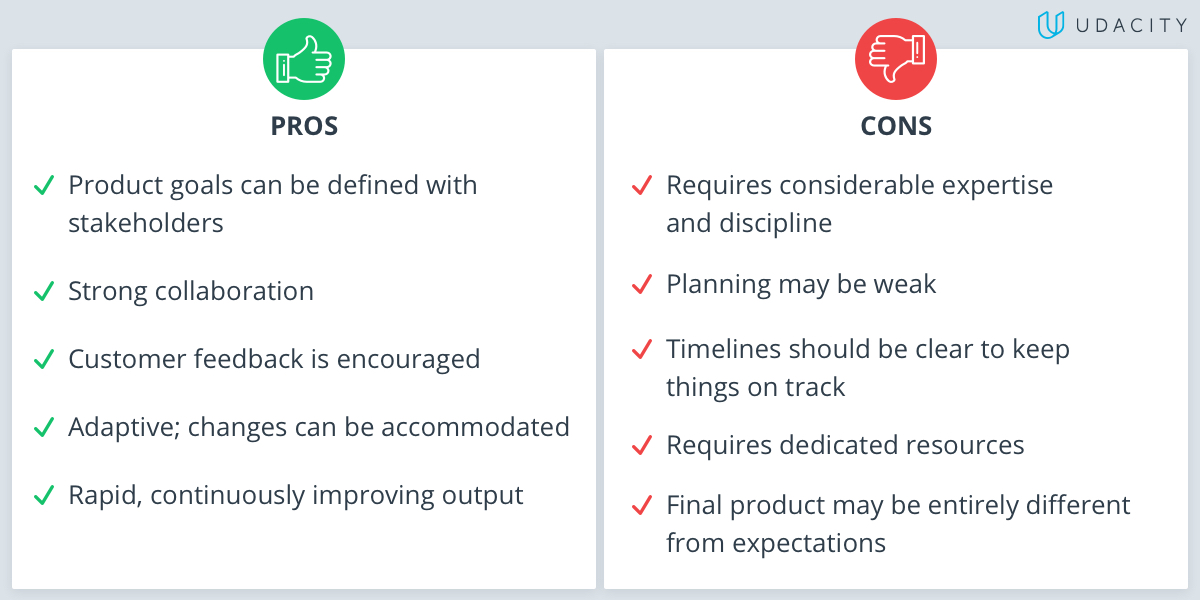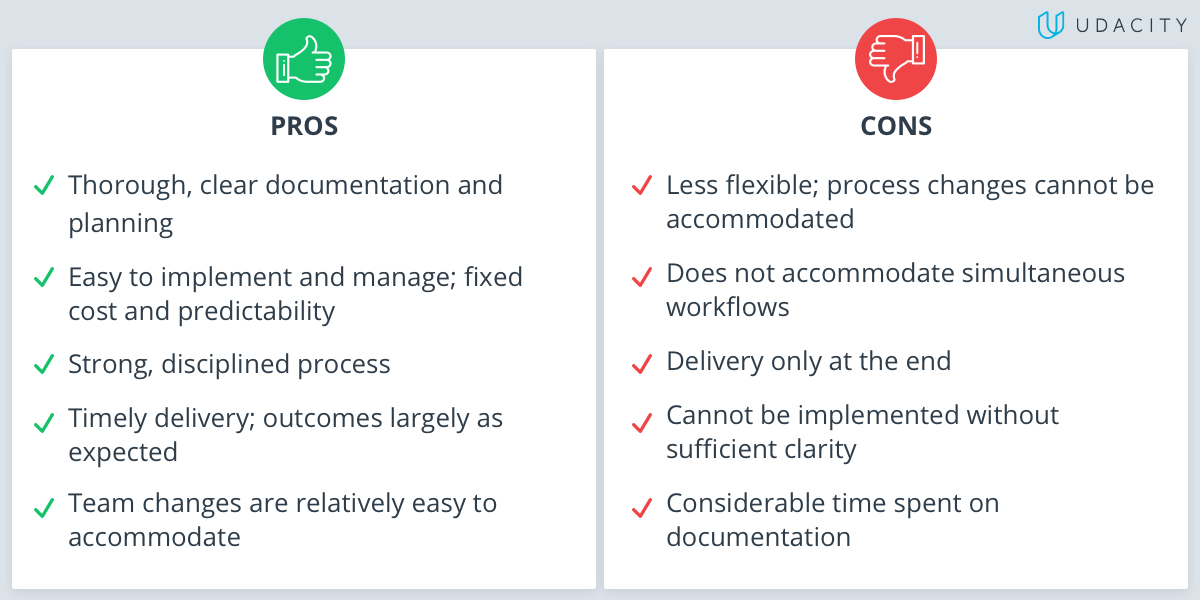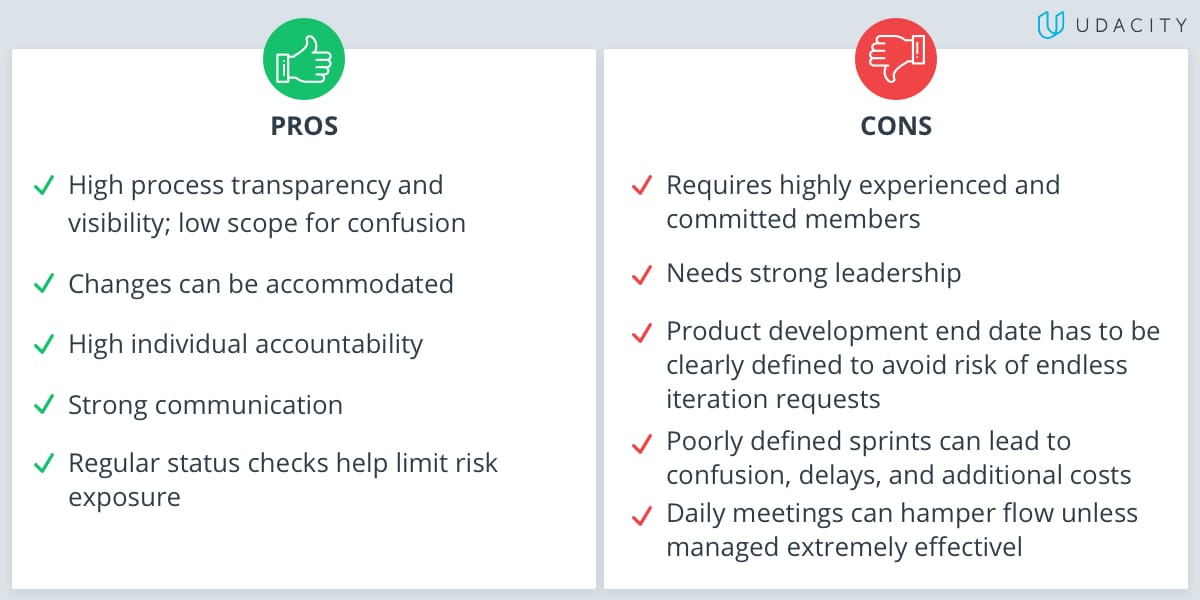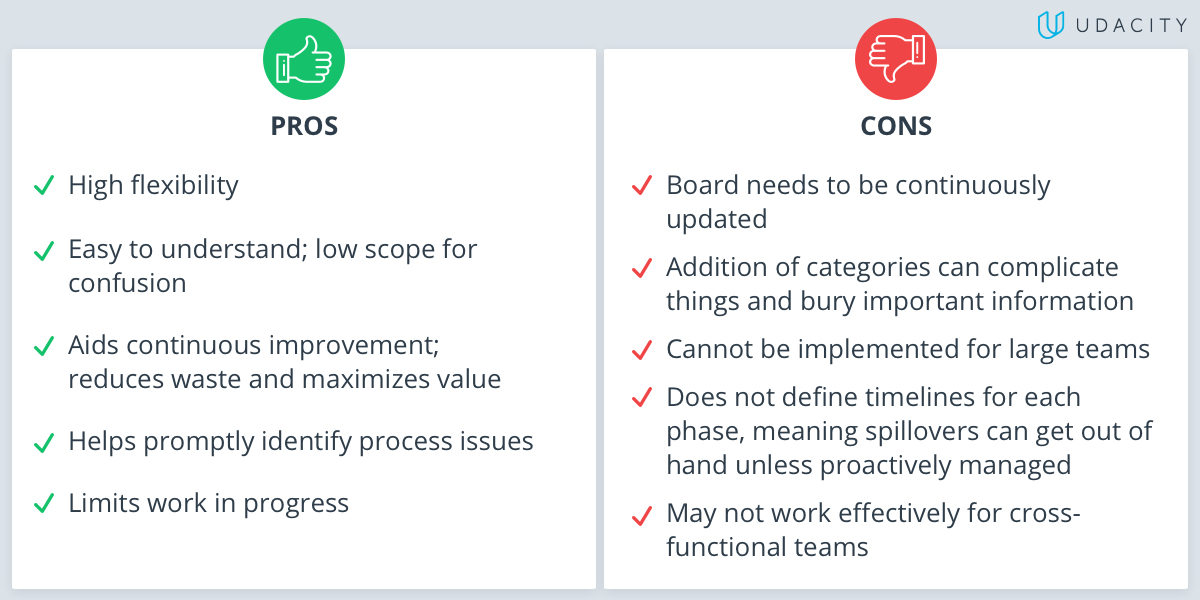Product managers face a common challenge in the nascent stages of creating a product: finding the ideal methodology. While there’s a wide assortment of methodologies to choose from, each one has its own principles, rules, practices, processes, and pros and cons. And, there’s no such thing as a one-size-fits-all approach.
The Project Management Institute (PMI) defines product management methodology as a “framework that is used to structure, plan, and control the process of developing an information system.”
Think of these methodologies as a series of steps that a product manager needs to execute (with the help of a team, of course ) to design, develop, and test a product toward its successful launch/ release. While it shares a certain degree of overlap with project management, product management is restricted to managing the life cycles of products only – from their birth (ideation/ design phase) to their distribution (market launch/ release).
However, with so many product management methodologies to choose from, how do you cherry-pick the best one for your product? The short answer is — it depends. The right methodology depends entirely on the variables you’re working with – primarily your timelines, flexibility, and budget.
There’s no one-size-fits-all approach, there’s also not just one approach that’ll fit the bill. You may find that a combination of methodologies, such as Agile + Waterfall, may be right for your team.
At the end of the day, your sole objective is to maximize the value of your resources – in terms of effort, cost, or time. And finally, remember that success largely depends on how well you leverage a methodology for its benefits.
Here’s a rundown on four popular product management methodologies, and what they’re inherently best for.
Agile
Overview
Originally designed for software development, this is one of the most popular methodologies today. It’s particularly adopted for agile environments – when products have iterative, incremental requirements, and solutions evolve as a result of a collaborative, self-organizing, and cross-functional approach to product planning and implementation. The Agile approach is also open to constant feedback from end-users.
Application
The Agile methodology is an adaptive practice best suited for products where you know that requirements and constraints are complex and prone to change (such as software development), and therefore require a flexible approach.
Pros & Cons

Waterfall
Overview
This linear, sequential approach to product management is one of the more conventional methodologies in existence. Product development in this case, including planning, execution, and delivery, flows in a linear, unidirectional manner – much like a waterfall.
This methodology was originally developed in the manufacturing and construction industries, where typically, one development stage must be complete before the next one begins. You can’t go back to a previous stage, and any revision requirement results in scrapping the existing process and starting at the top all over again.
Thus, if you’re debating on Agile vs Waterfall, remember that while Waterfall ensures better planning, it offers less operational flexibility.
Application
The Waterfall approach is ideal for large scale, capital-intensive product requirements that call for disciplined planning and execution. It also works for routine requirements where chances of sudden changes of any kind are low.
Pros & Cons

Scrum
Overview
Scrum is essentially a subset of the Agile methodology. While it’s also an iterative process, it actually supports fixed-length iterations – also called sprints. A sprint can last for one or two weeks, which means that deliveries can strike a regular cadence. Another point of distinction is that Scrum emphasizes a fixed set of roles, tasks, and meetings, which never change.
During each sprint, task boards and burndown charts are created to help team members gauge product development progress at a glance. Team members also have to attend a short, highly focused Scrum meeting every day to discuss goals and issues. At the end of a sprint, all members and stakeholders are required to meet to plan the next sprint.
Application
Scrum works best for complicated product requirements that need to be proactively managed to stay within reasonable timelines.
Pros & Cons

Kanban
Overview
Another Agile variation, Kanban, in the literal sense, means “visual sign” or “card” in Japanese. Kanban is implemented via a Kanban board, which visualizes a product team’s workflow. The Kanban board segregates work into three categories – to do, in progress, and completed. More categories may be added to help better visualize the process. Every task is captured on a Kanban card, which is moved from one category to another as it progresses along the process.
The visual nature of the Kanban process makes it easy for all team members to remain on the same page, while also helping them quickly identify opportunities for process improvement or enhancements. For instance, it immediately highlights process bottlenecks and gaps. Kanban also emphasizes limiting the amount of work in the “in progress” category at any point of time.
The end goal of the Kanban methodology is to continually improve the product development process. Working towards this end, regular team meetings are held to discuss necessary changes, based on the data on the Kanban board.
Application
Kanban is best for products involving relatively small teams and few tasks. It’s also great for recording and tracking personal productivity.

Which methodology should you choose?
In essence, the best product management methodology is one that helps your team optimize output, complete work efficiently, and deliver a high-quality product on time and on budget. In some cases, adapting parts of a methodology is a tempting and more efficient approach to complete a project. Many product managers vouch for it. Tell us if you have used this approach in the past.
Product management is a fast-paced, incredibly competitive, yet rewarding career option. To achieve real success, you have no option but to do your homework. For a deep dive into everything product management entails, click here.





